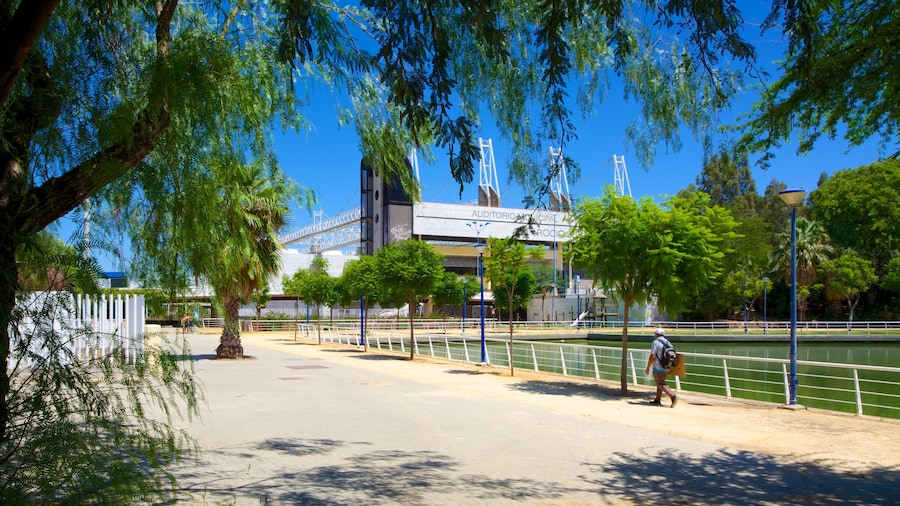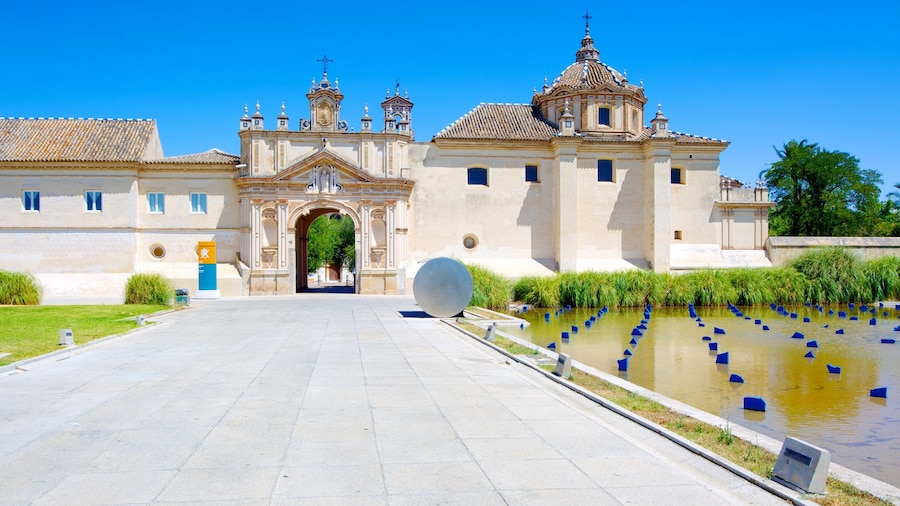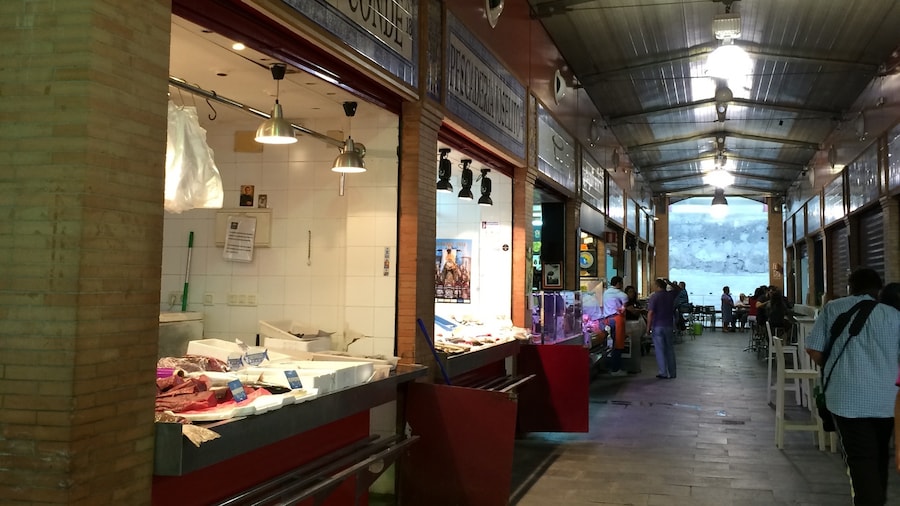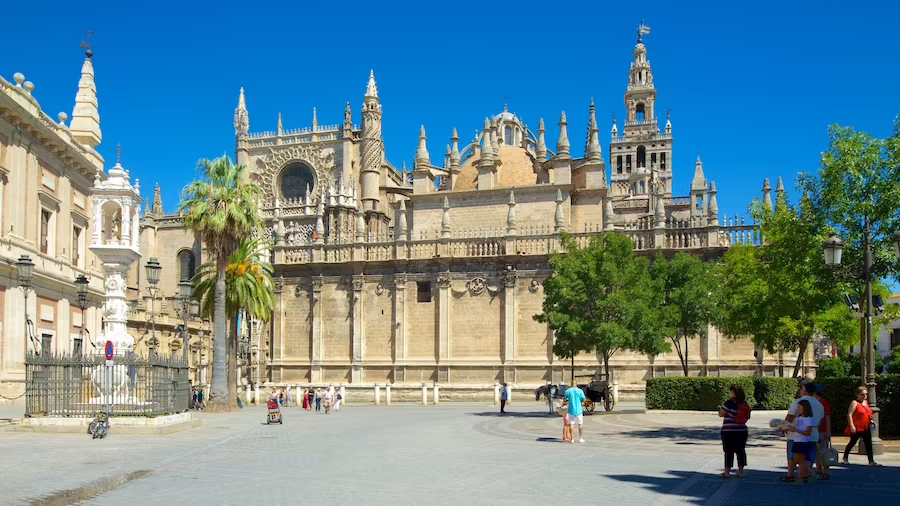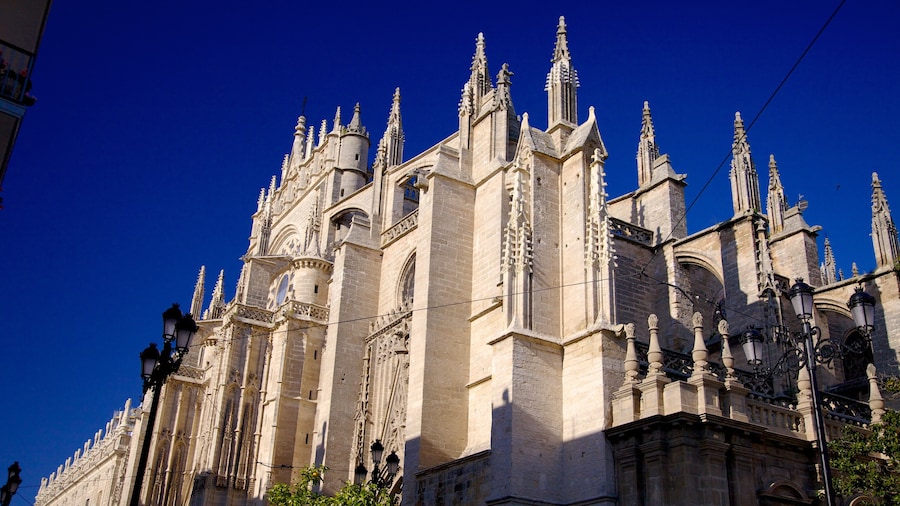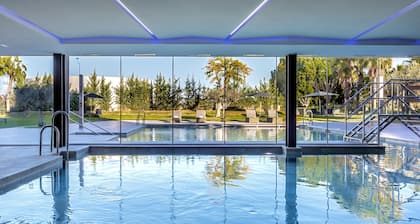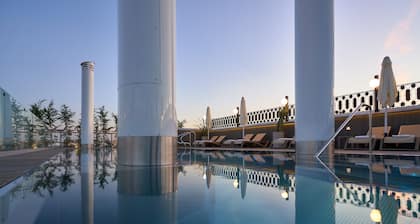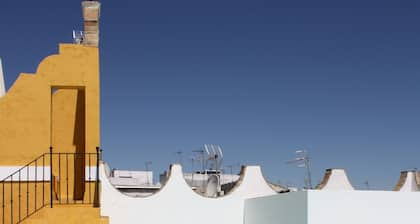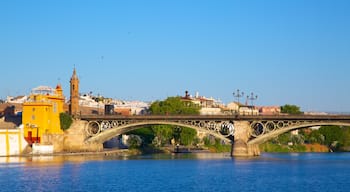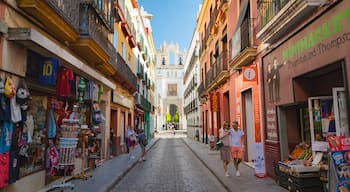Cross the Guadalquivir River at the Triana Bridge to tour the narrow streets, courtyards, churches, tapas bars and ceramics shops of Triana. The old neighborhood was once the heart of Seville’s Romani (Gypsy) community, and many renowned flamenco singers and dancers, bullfighters and artists were born here.
As you step off the bridge, you’ll see the 150-year-old Triana Market. This is a good place to buy fresh produce and local specialties. Nearby is the Plaza del Altozano, where there's a statue of the famous flamenco singer Pastora Pavón.
Go in search of more of Triana’s history by visiting some of its old buildings and monuments. Visit the Plaza de la Virgen de la Milagrosa to see a statue of Rodrigo de Triana, the first European to see America since the Vikings.
View religious artwork adorning the walls of the oldest parish church in Seville, the 13th-century Santa Ana. According to tradition, a baptism here will bless a child with the gift of flamenco. Look out for the few remaining corrales, communal Romani homes, built around the courtyards.
Triana has a long ceramics history. Many of the tiles that decorate Seville’s churches and homes were made here. Buy pots, vases and plates at Ceramicá Santa Ana, a shop inside an old ceramics factory. The colorful tiled frontage is a popular Triana landmark.
The neighborhood has plenty to offer in the evening, too. The focal point is Calle Betis, a waterfront street lined with tapas bars, restaurants and clubs. Dine at an outside terrace and take in views of Torre del Oro and the bullring across the water. Watch a flamenco show or join the dance floor at one of the clubs.
Triana is situated on the west bank of the Guadalquivir River. The easiest way to reach the old quarter is across the Triana Bridge, also known as Puente Isabel II. Driving in Triana is not recommended. All of the neighborhood’s main attractions are within easy walking distance of each other.





